When life feels out of control, your breath can be your most powerful ally, for this topic I’ve invested some time exploring different breathing techniques, and I’m continually amazed by how something so simple can have such a profound impact on our stress levels.
Your breath is always with you, so make it the perfect tool for managing stress wherever you are with these breathing exercises.
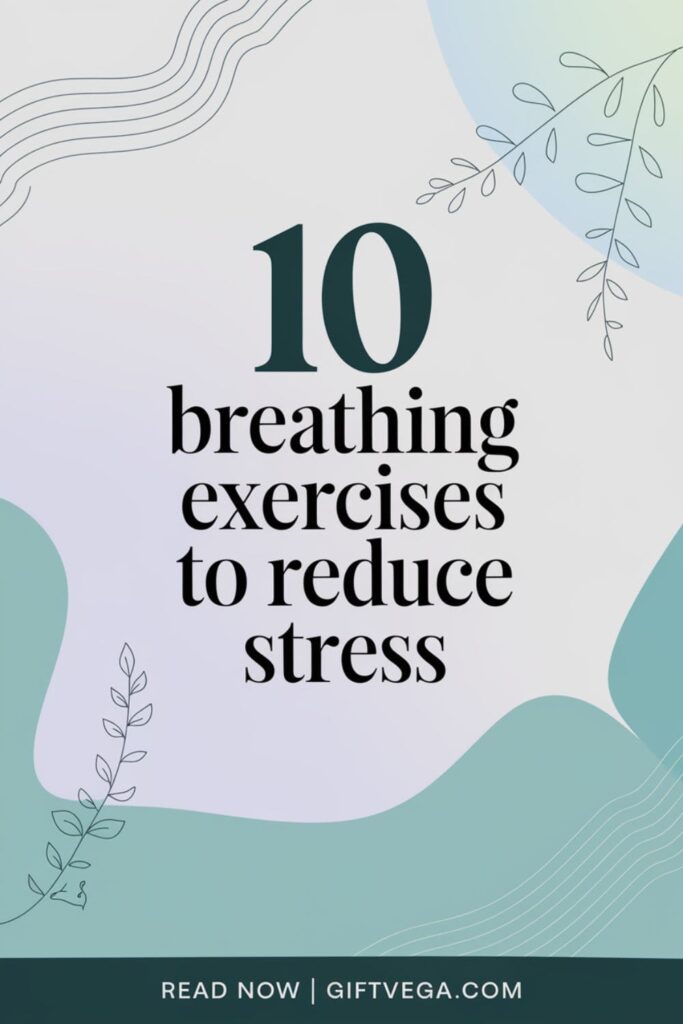
Breathing Exercises to Reduce Stress
1. Ocean Breath
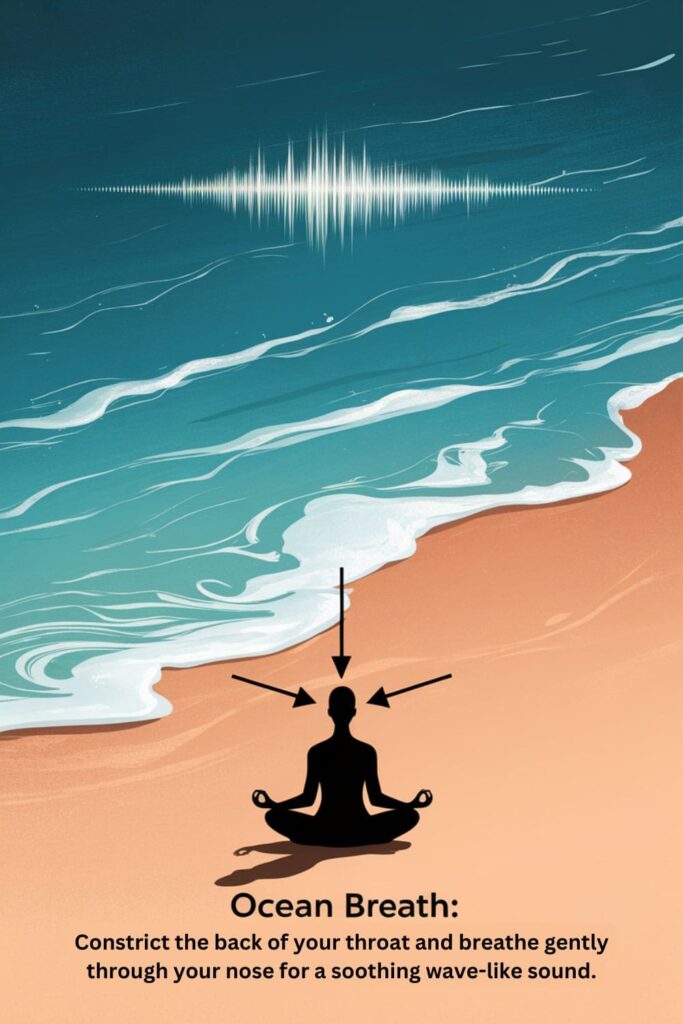
This powerful yogic technique changes your normal breathing into something that sounds like gentle ocean waves, so slightly constrict the back of your throat while breathing through your nose.
The sound should remind you of waves washing up on shore. Your breath becomes audible but gentle, creating a soothing white noise that blocks out distracting thoughts. Practitioners often report feeling more grounded and focused after just a few minutes.
2. Cleansing Breath
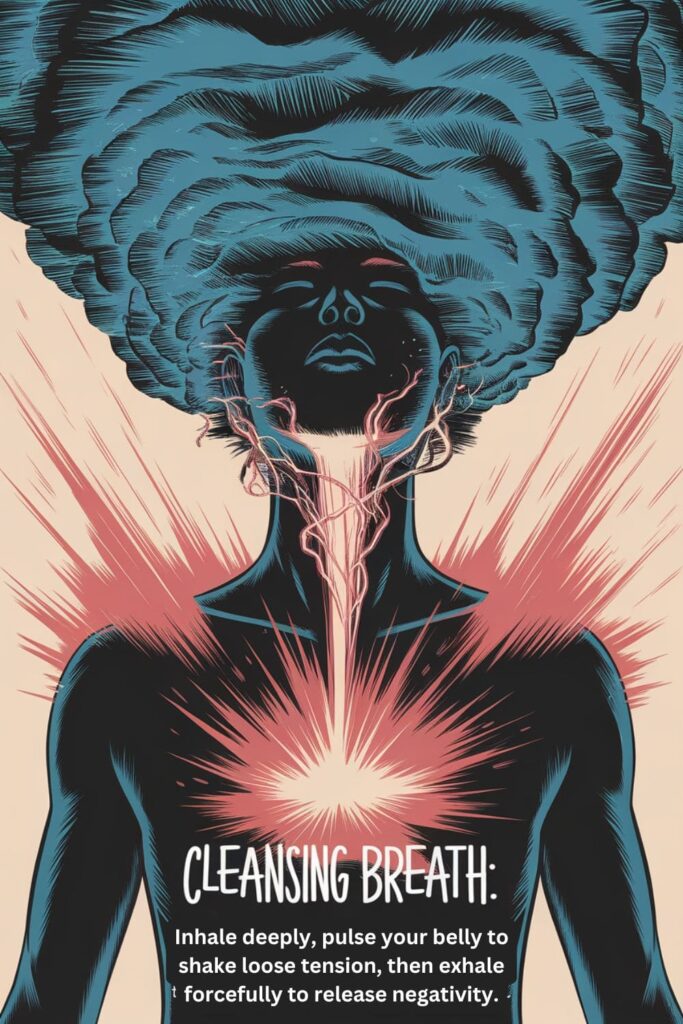
Take a full, deep inhale through your nose. At the top of your breath, pulse your belly rapidly several times, imagining stagnant energy being shaken loose.
Then exhale forcefully through your mouth, thinking about all tension and negativity leaving your body. The physical component of this technique helps release muscle tension while the visualization improves its effectiveness.
3. Box Breathing
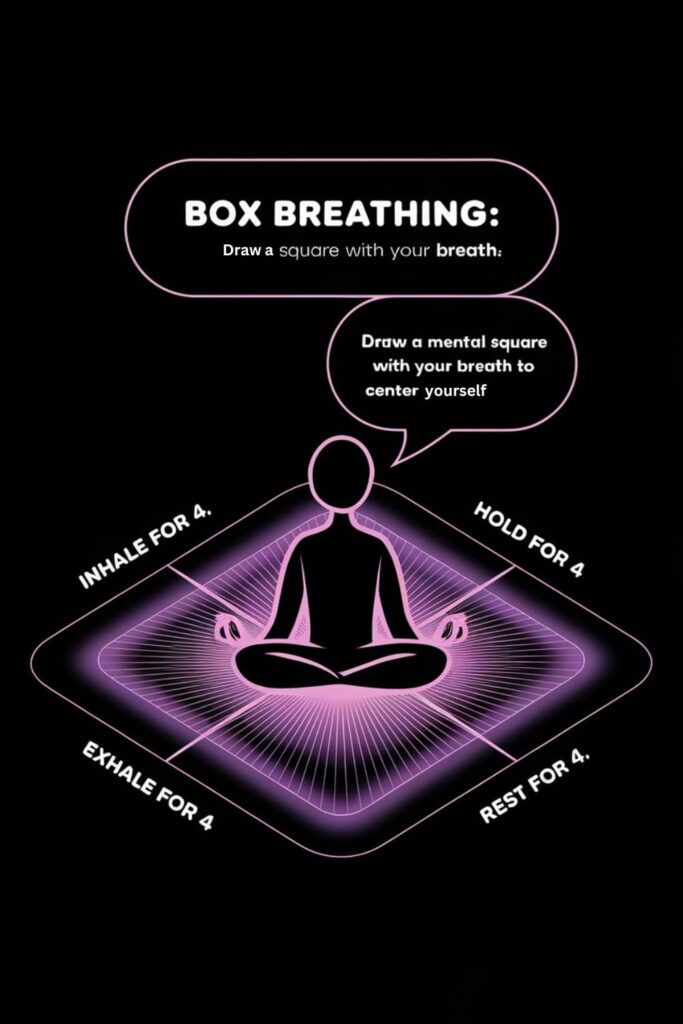
Some, Navy SEALs use this technique to stay calm under pressure, and it’s easy to see why. Picture drawing a square with your breath, so inhale for four counts, hold that breath gently for four counts, then let it out slowly for four counts.
Rest for four counts before starting again. The beauty of box breathing lies in its simplicity, you can practice it during your morning commute, before a big presentation, or anytime you need to center yourself.
4. 4-7-8 Breathing
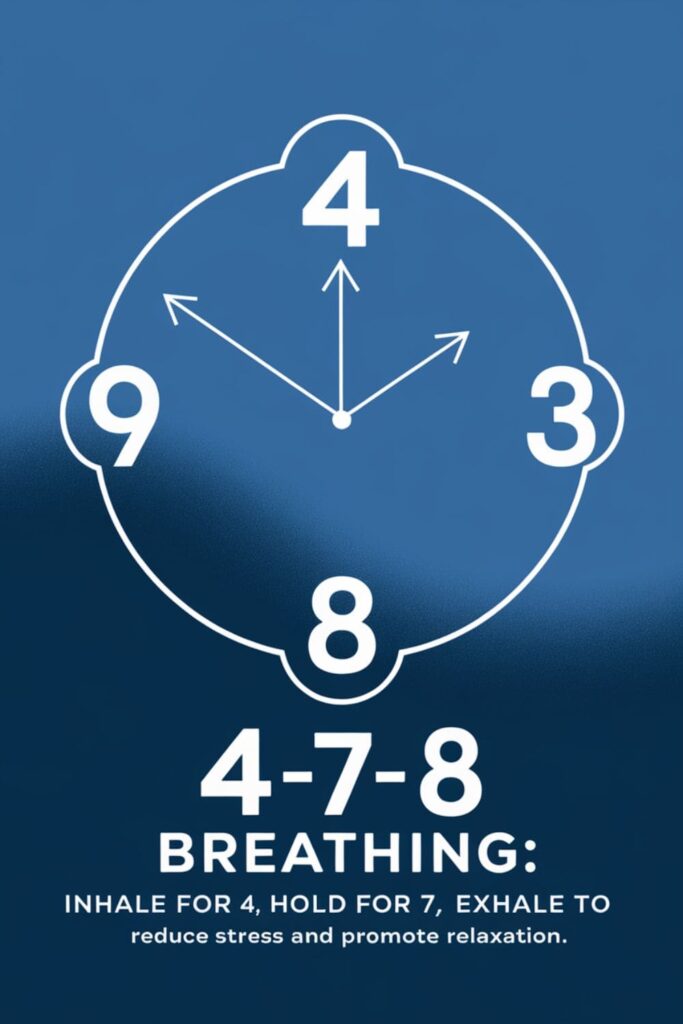
Dr. Andrew Weil popularized this powerful relaxation technique, in which you inhale quietly through your nose for four counts. Hold your breath for seven counts, and make a whooshing sound as you exhale completely through your mouth for eight counts.
This pattern might feel awkward at first, but your body should gradually adjust to the rhythm. Most people notice a significant decrease in anxiety after just a few cycles.
5. Alternate Nostril Breathing
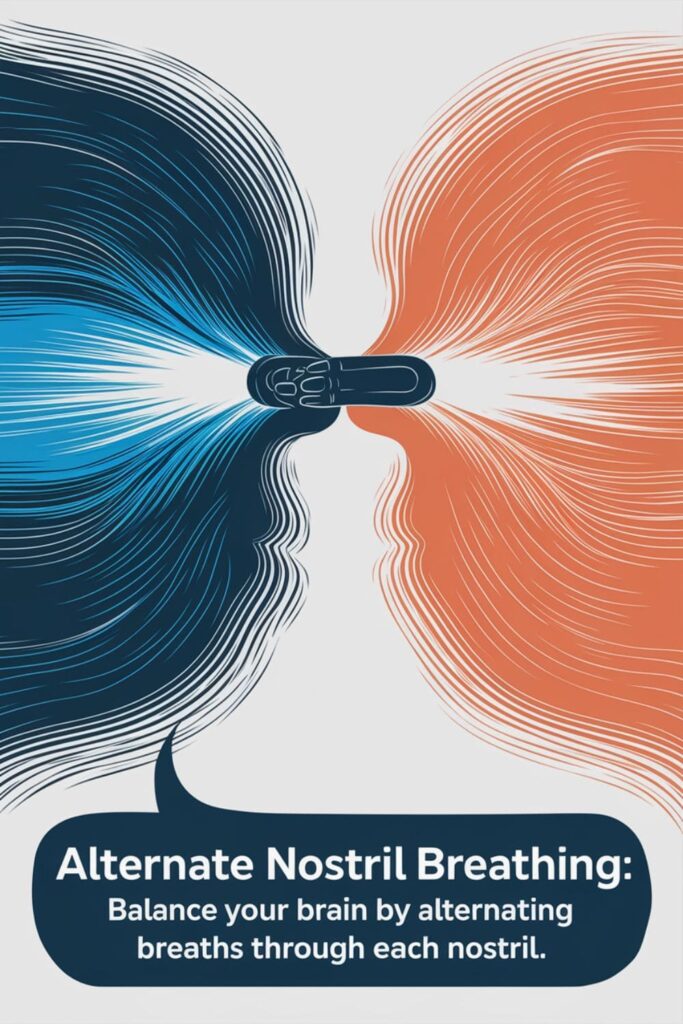
This ancient yogic practice brings balance to both sides of your brain. So, close your right nostril with your thumb and inhale through your left nostril.
Then close your left nostril with your ring finger, release your thumb, and exhale through your right nostril. The alternating pattern continues. Some people find this technique particularly helpful before bed, it’s like hitting a reset button for your nervous system.
6. Belly Breathing
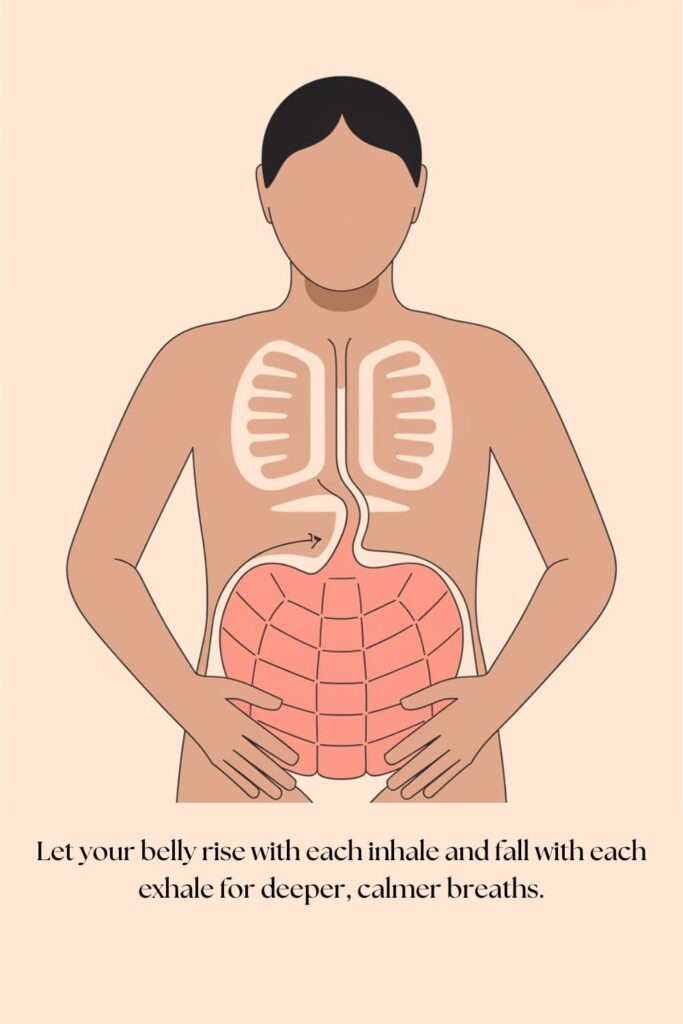
Place one hand on your chest and the other on your belly, then take a deep breath through your nose, letting your belly expand while your chest remains relatively still.
Exhale slowly through pursed lips. Your belly should fall. Most of us breathe too shallowly in our daily lives. This technique helps retrain your body to breathe more efficiently, it’s particularly effective during panic attacks.
Related: 10 Simple Self-Care Practices
7. Equal Breathing
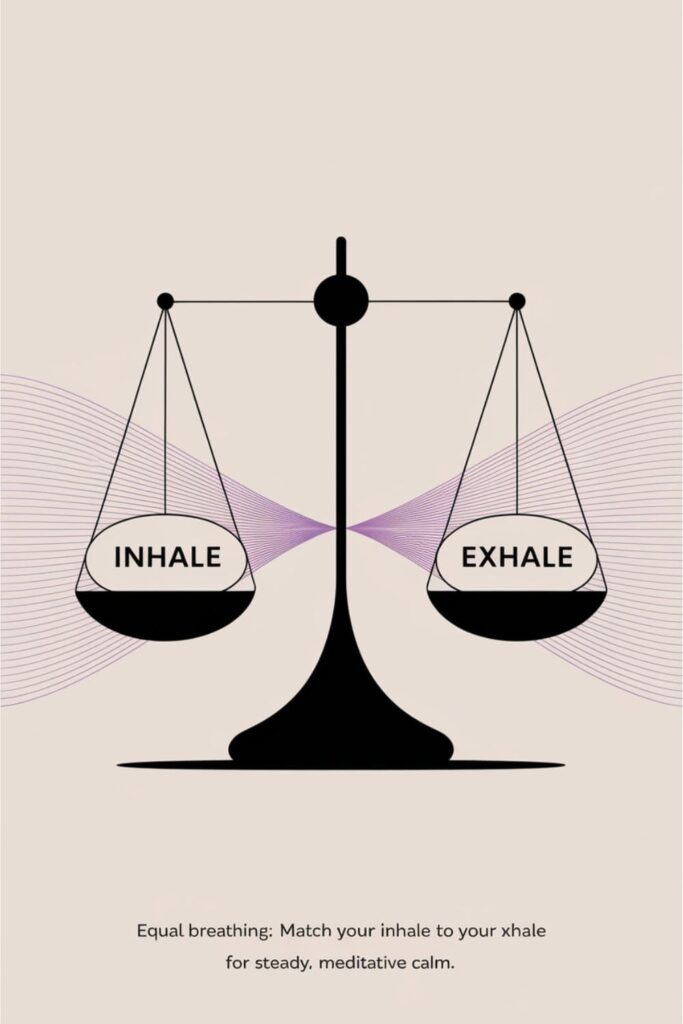
Match the length of your inhale to your exhale. So, start with four counts in and four counts out, some advanced practitioners work up to eight counts or even longer.
The steady rhythm has a meditative quality. Your heart rate naturally synchronizes with this balanced pattern, you can use this technique during yoga practice or when I need to focus.
8. Three-Part Breath
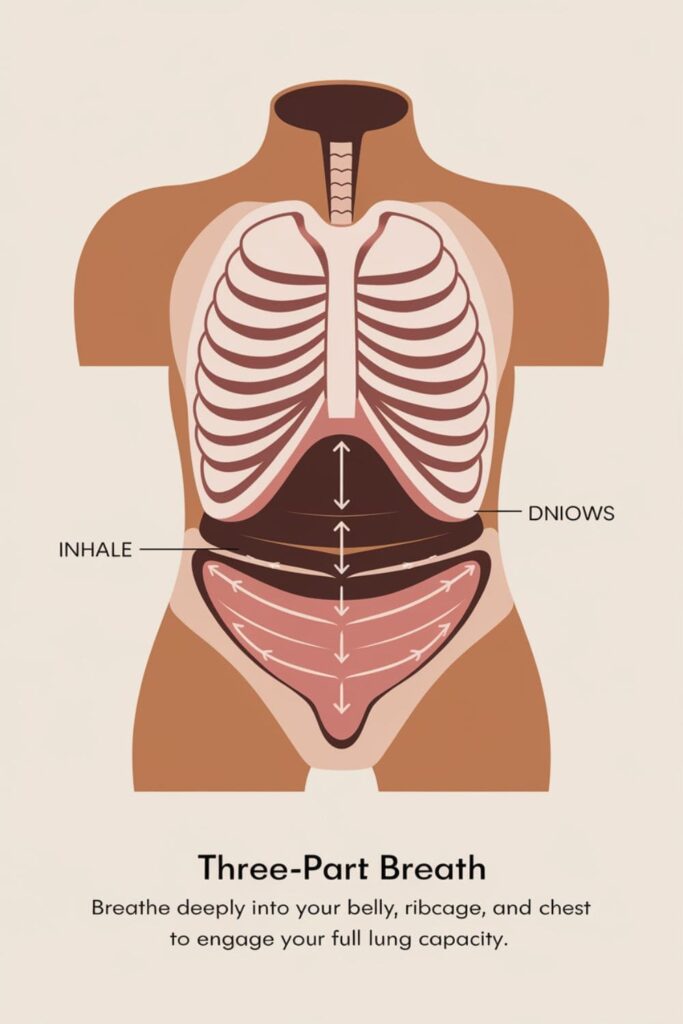
Start by breathing into your belly, then expand your ribcage, and finally let your breath rise into your upper chest, and exhale in reverse order.
This full-body breathing experience helps you use your entire lung capacity. Many people find it brings a deep sense of relaxation. The coordinated movement creates a gentle massage for your internal organs.
9. Humming Bee Breath
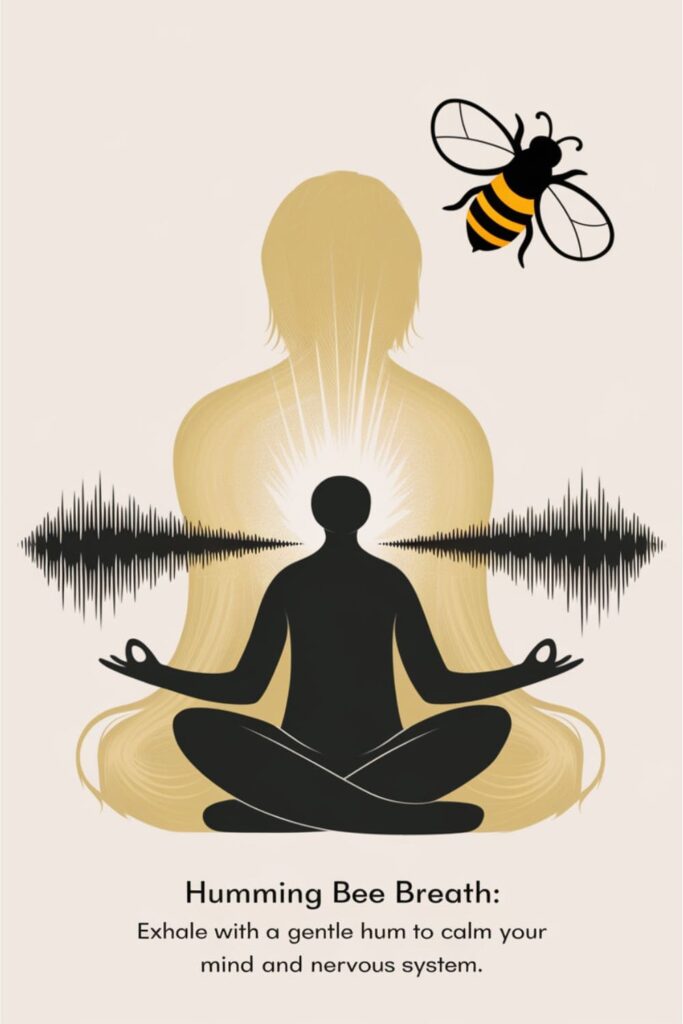
Take a deep inhale through your nose, and as you exhale, make a humming sound like a bee. The vibration has a surprisingly calming effect on your nervous system, try closing your eyes to enhance the experience.
This technique is especially helpful for quieting a busy mind, the sound creates a natural focus point for your attention.
10. Simple Awareness Breathing

Sometimes the most powerful technique is simply paying attention to your natural breath, so try noticing its rhythm without trying to change anything.
Feel the air moving in and out of your body, and watch how your breath changes as you become more aware of it. This mindful observation often naturally leads to deeper, more relaxed breathing.
Related: 10 Nighttime Routine Tips
Conclusion
Many of these might just have a placebo effect but who cares if they still help reduce stress, just remember, breathing exercises are like tools in a toolbox. What works perfectly one day might feel less effective the next.
Some techniques might resonate with you immediately, while others take practice to appreciate. The key is to explore them with curiosity and more importamtly patience.
Your breath is always there, waiting to help you find your center in life’s stormy moments.

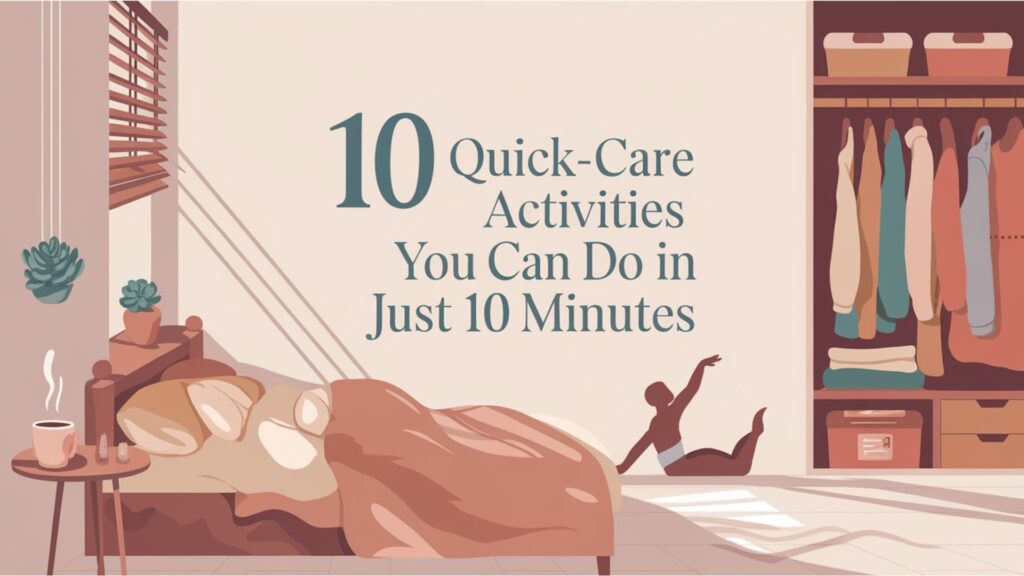
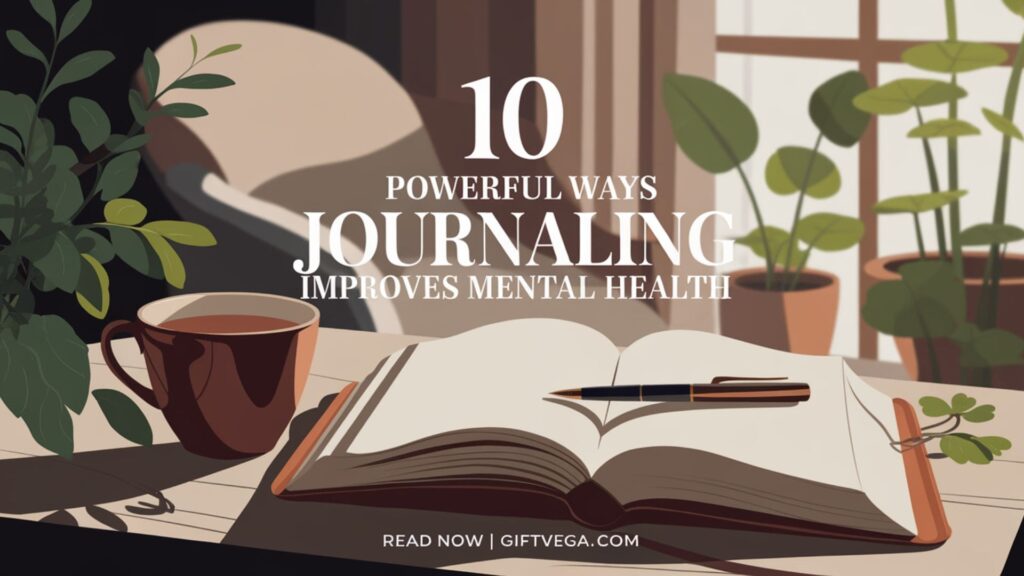
Pingback: 10 Affordable Self-Care Products You Need to Grab Today!
Pingback: 10 Effective Strategies to Overcome Procrastination Now!
Pingback: 10 Habits for Better Sleep to Improve Your Mental Health!
Pingback: 10 Life-Saving Coping Strategies for Managing Anxiety!